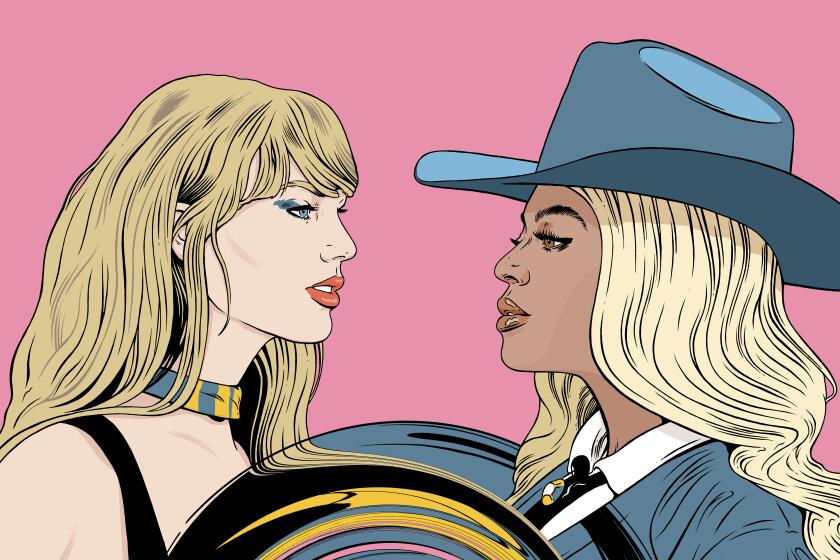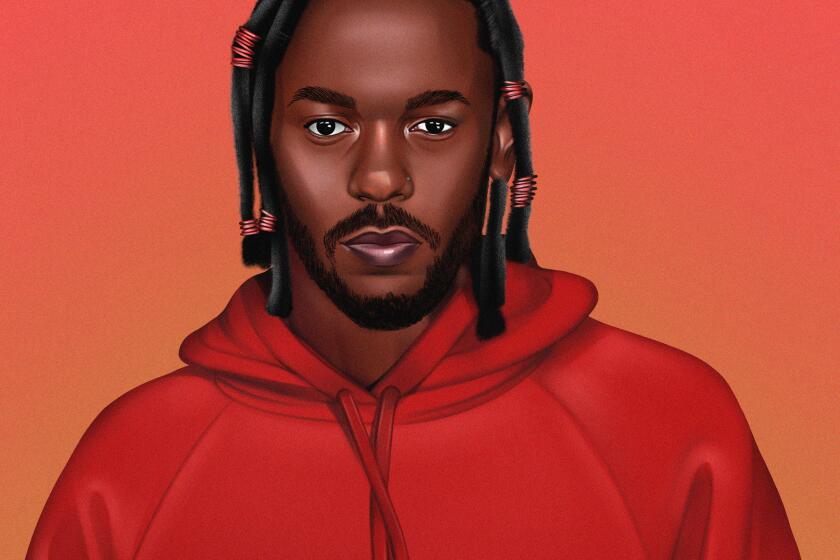Voters Opt for Tried and True
Tunnel vision prevails again in the jazz Grammy nominations. The recording academy membership never has revealed any particular desire to seek out unfamiliar music or performers. But this year’s choices take no chances whatsoever.
For instance, in the overlapping best instrumental solo and best jazz instrumental performance categories, albums and single solos from albums by Charlie Haden, Michael Brecker, Joe Lovano and Horace Silver appear in both groupings. Can it really be that the membership only managed to find a total of six performances to spread over the 10 potential nominations? A little more extensive listening might be in order.
For best jazz vocal performance, there is not a single entry from a male. Granted, albums by Cassandra Wilson, Shirley Horn and Diana Krall deserve attention. But it’s hard to believe that recordings by, say, Kevin Mahogany, Mel Torme or Joe Williams are not worthy of inclusion.
The best contemporary jazz performance lineup is excellent, with first-rate albums by Bob James and Kirk Whalum, Harvey Mason, Wayne Shorter, Mike Stern and T.J. Kirk. But the best large jazz ensemble is a grab-bag, with Marcus Roberts’ Gershwin re-visitation on “Portraits in Blue” vying with such choices as a live Count Basie Orchestra recording and an outing by the Boss Brass. It’s a strange category.
Ironically, some of the most interesting jazz outings are included in best instrumental composition, which is not, technically, a jazz category. But works by Billy Childs, Herbie Hancock, Wayne Shorter and Arturo Sandoval make it one of the 1997 Grammys’ most musically attractive competitions.
More to Read
The biggest entertainment stories
Get our big stories about Hollywood, film, television, music, arts, culture and more right in your inbox as soon as they publish.
You may occasionally receive promotional content from the Los Angeles Times.










